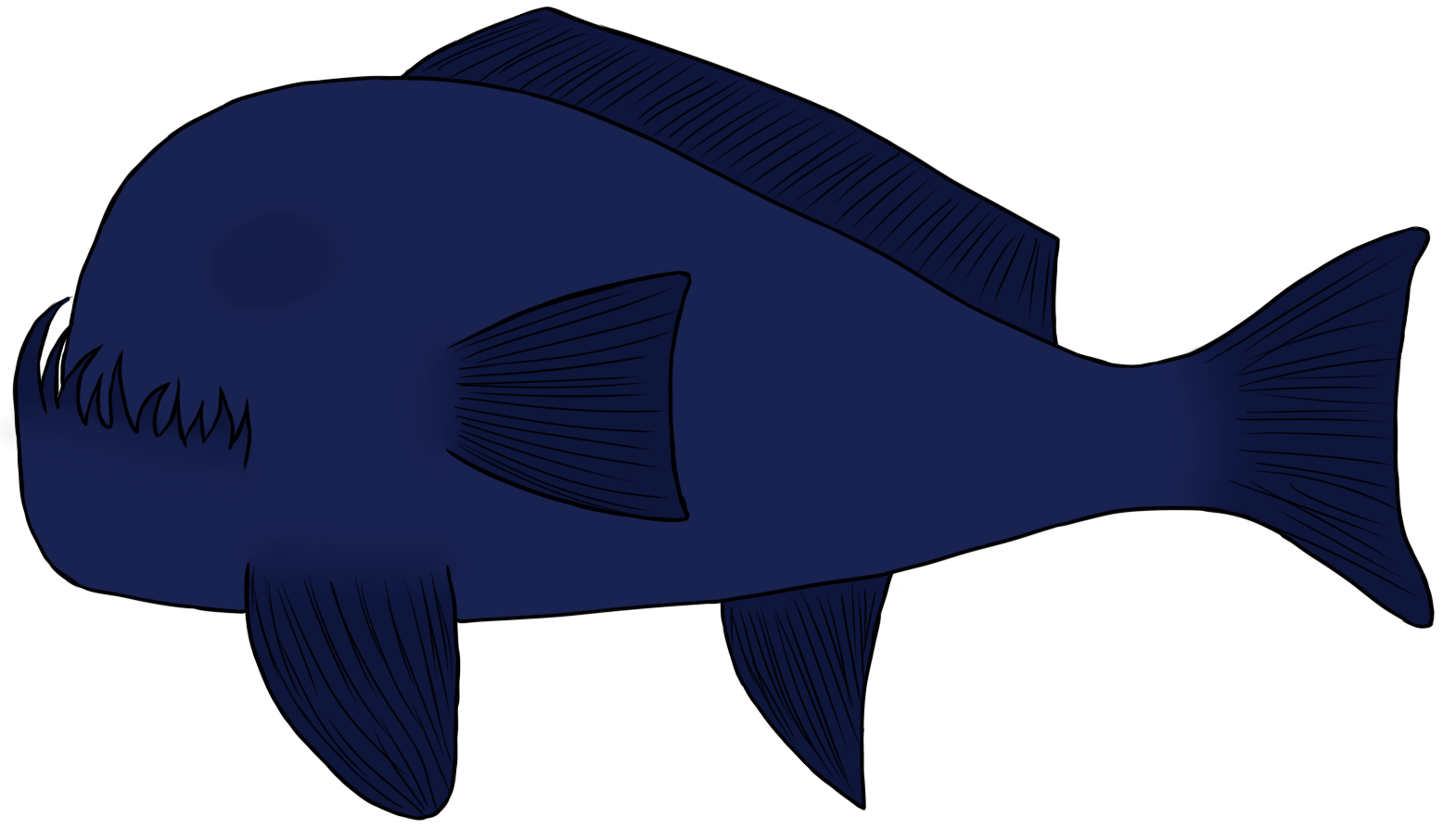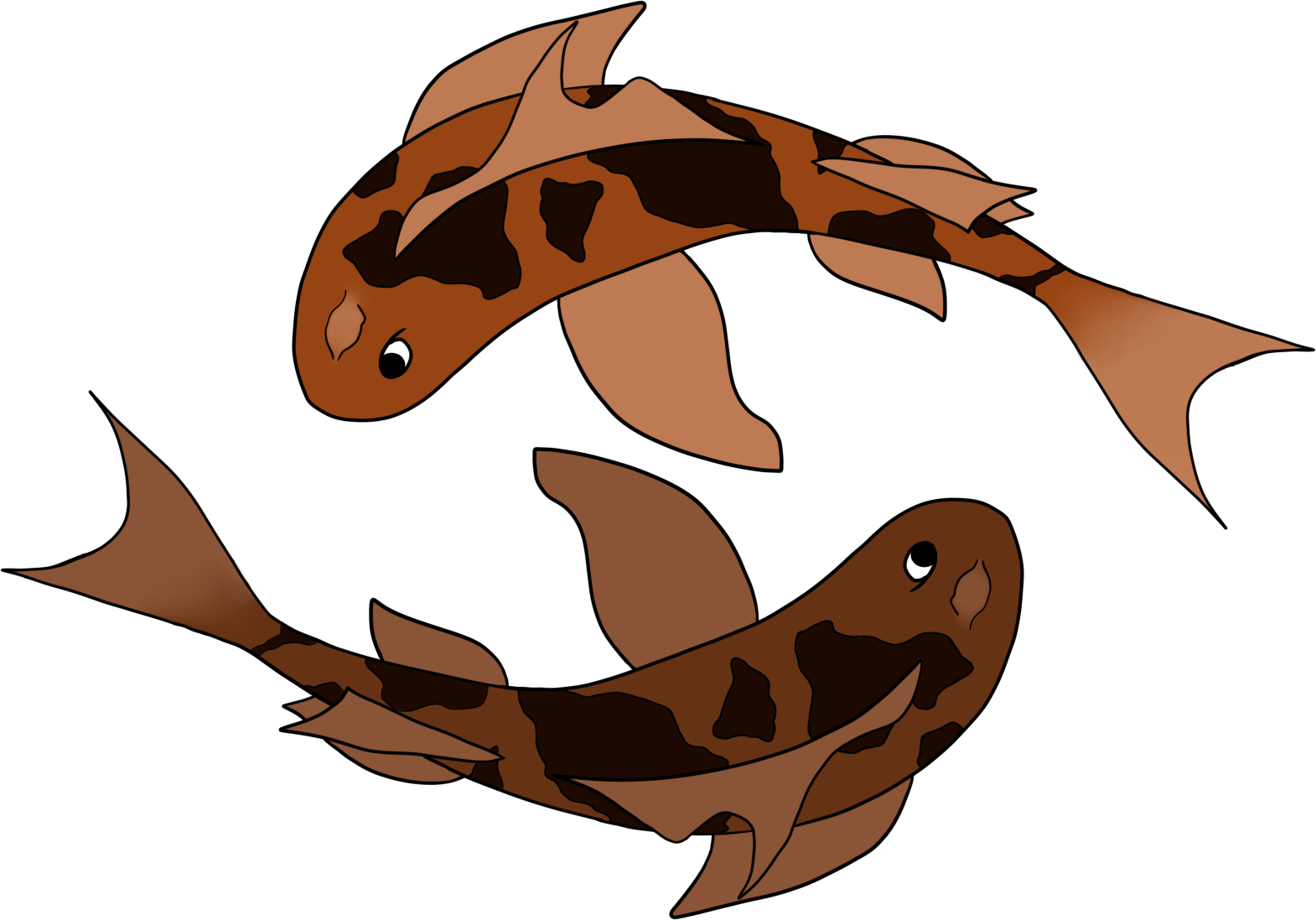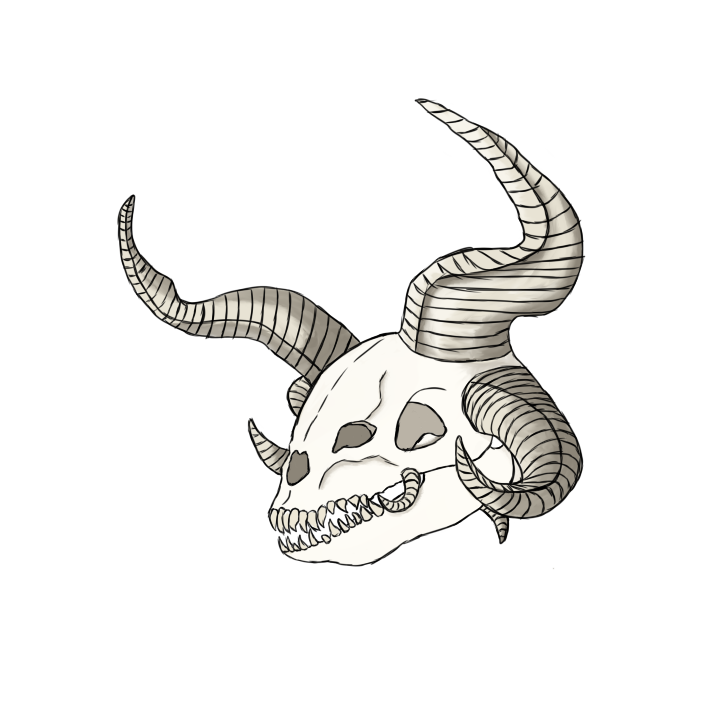Stonmir
Basic Information
Anatomy
Their dorsal fin goes from the back of their head to the start of their tail and is used to steer and balance their bodies. The caudal fin and the pectoral fins are used to propel themselves while swimming or to crawl on the lake floor. The anal fin is used to anchor themselves to the lake floor while they are searching for food so they do not float away with the currents. Their two pelvic fins are used to feel the lake floor while searching for food.
Perception and Sensory Capabilities
Genetics and Reproduction
These eggs are kept inside a Thofass, trying to hide them from predators, and because sometimes the female lays them before the Thofass is fully finished (when more than 8 months have past), the females sometimes move the eggs around inside their mouths, after grabbing them with the help of the Dents. They also move the eggs this way if the Thofass is under attack.
Growth Rate & Stages
- Egg: this stage lasts for a week.
- Larval: when they hatch, part of the yolk of the egg is still attached to their bodies and will feed from this. They are starting to learn how to swim and to use their echolocation. This usually lasts for two or three days.
- Fry: when the yolk deattaches from them, they start feeding themselves by crawling around the lake floor. They still do not relay on echolocation and tend to crawl in places where they can easily be hidden from predators. This lasts two weeks.
- Adult: They finally use echolocation to move around and are not limitated to the lake floor. They are also ready to mate.
Dietary Needs and Habits
This process make them sometimes eat dirt or stones from the lake floor, but these usually help the stonmir on the digestive unless its a big quantity of them or is too big, which then the stonmir would throw up all content on their mouth.
Additional Information
Social Structure
The females are courted by the males, who will build a Thofass for the both of them and the eggs that the female will lay. The males can be divided in two groups:
- Builders: these are the males that build Thofass for the females.
- Affairs: these males, rather than building a Thofass, try to find females that laid eggs and their males are not near enough to fertilize the eggs.








I love the attention to detail you've put into this article!! Tiny huts - that's so amazing!
Follow me on Bluesky for more pixel art :D
Thank you! These lil' guys have been on my head for a year or so! So I'm happy to finally write them :D
Cool reads: Reaching the Meeraz | University of Delavar | Meeraz Morrow | Catoblepon's rambles
Update because I came back for more: I love the description of the Thofass that this species of fish build, how they do it and why. This small detail makes an article about a fish particularly memorable and intersting! I featured this in my inspirations article for the reading challenge! :D
TJ's WorldEmber 2021 Inspirations
Get inspired and try out some of these techniques in your next article!
Follow me on Bluesky for more pixel art :D
Thank you! I'm glad you liked the thofass, I loved writing about them :D
Cool reads: Reaching the Meeraz | University of Delavar | Meeraz Morrow | Catoblepon's rambles